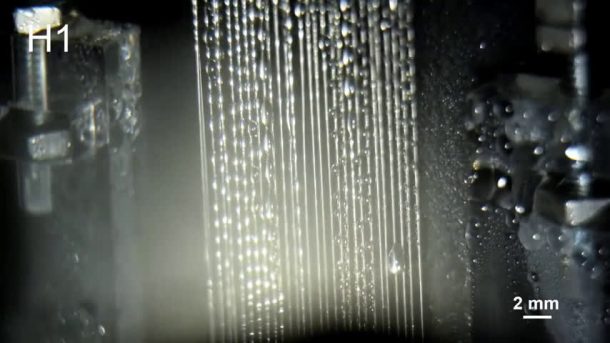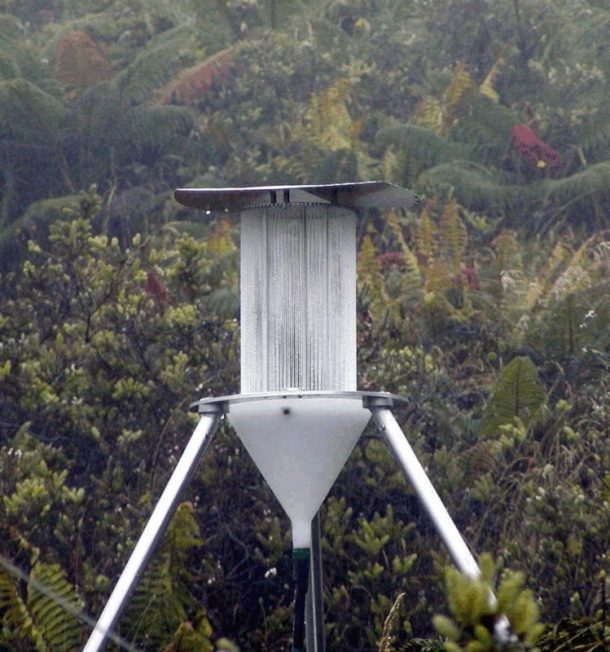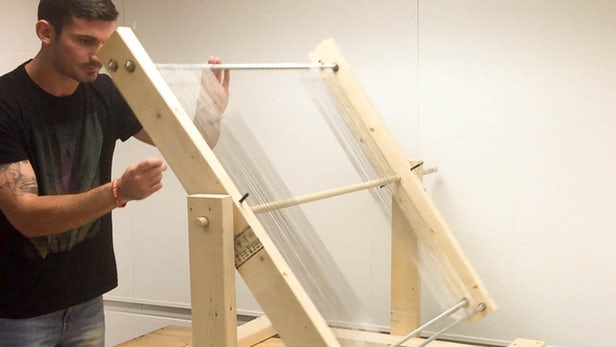People living in arid regions have been acquiring drinking water for a number of years by using nets to capture the microscopic airborne water droplets inside the fog. Researchers from Virginia Tech have created a fog harp by improving the concept and it triples the amount of water extracted.
A normal fog net consists of a mesh of vertical and horizontal wires. Water droplets cling to these wires as fog passes through them. Gravity causes the water to trickle down to the bottom once enough of it has been accumulated. The gaps need to be of perfect size. Too large and water droplets will pass through, too small and they will block the way by clogging up.

A compromise has to be found between the size and this is where the fog harp comes in. It consists of an array of closely-spaced vertical stainless steel wires. It works like a fog net, but without the horizontal wires. The gap is small enough to capture the water droplets but the absence of horizontal wires allows the water to flow down more readily and keeps the harp from clogging. The efficiency increases as the wires become thinner.
“On average, coastal redwoods rely on fog drip for about one-third of their water intake,” says associate professor Brook Kennedy. “These sequoia trees that live along the California coast have evolved over long periods of time to take advantage of that foggy climate. Their needles, like those of a traditional pine tree, are organized in a type of linear array. You don’t see cross meshes.”

Initial prototypes have been tested in flog-simulating chambers and a larger fog harp with 700 wires is planned to be tested outdoors soon. Once the results come in, we might see the harp replacing fog nets.


